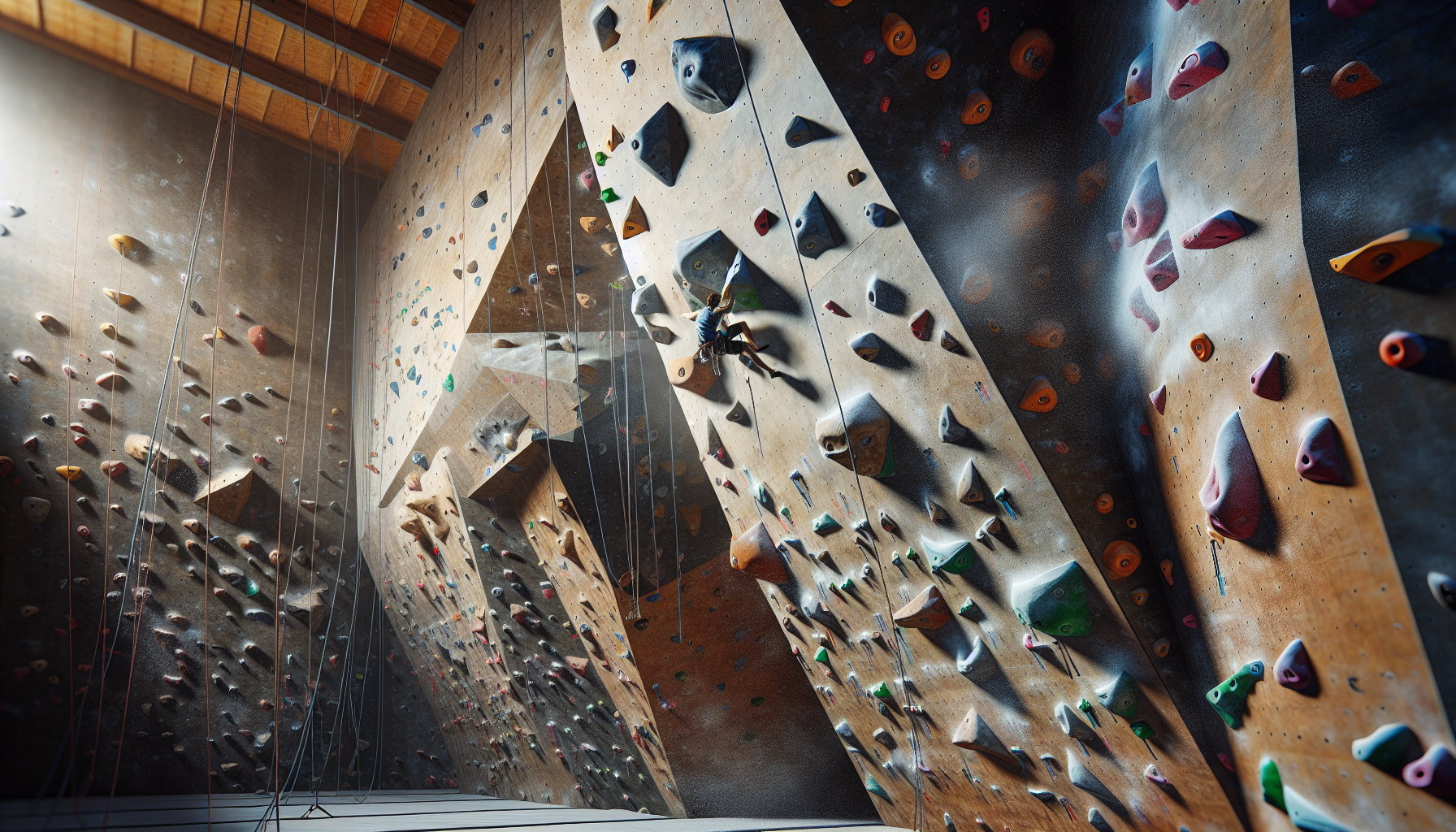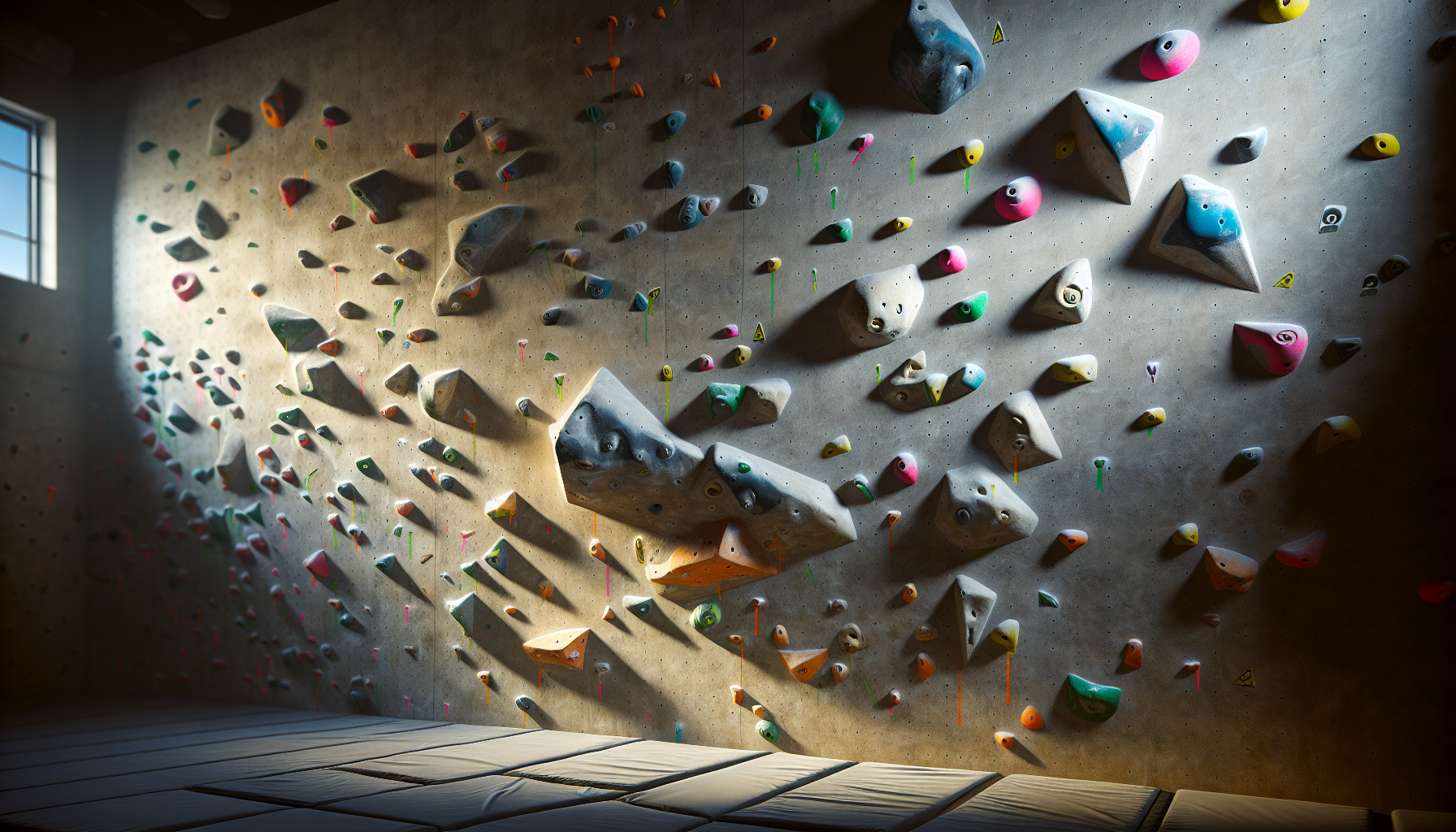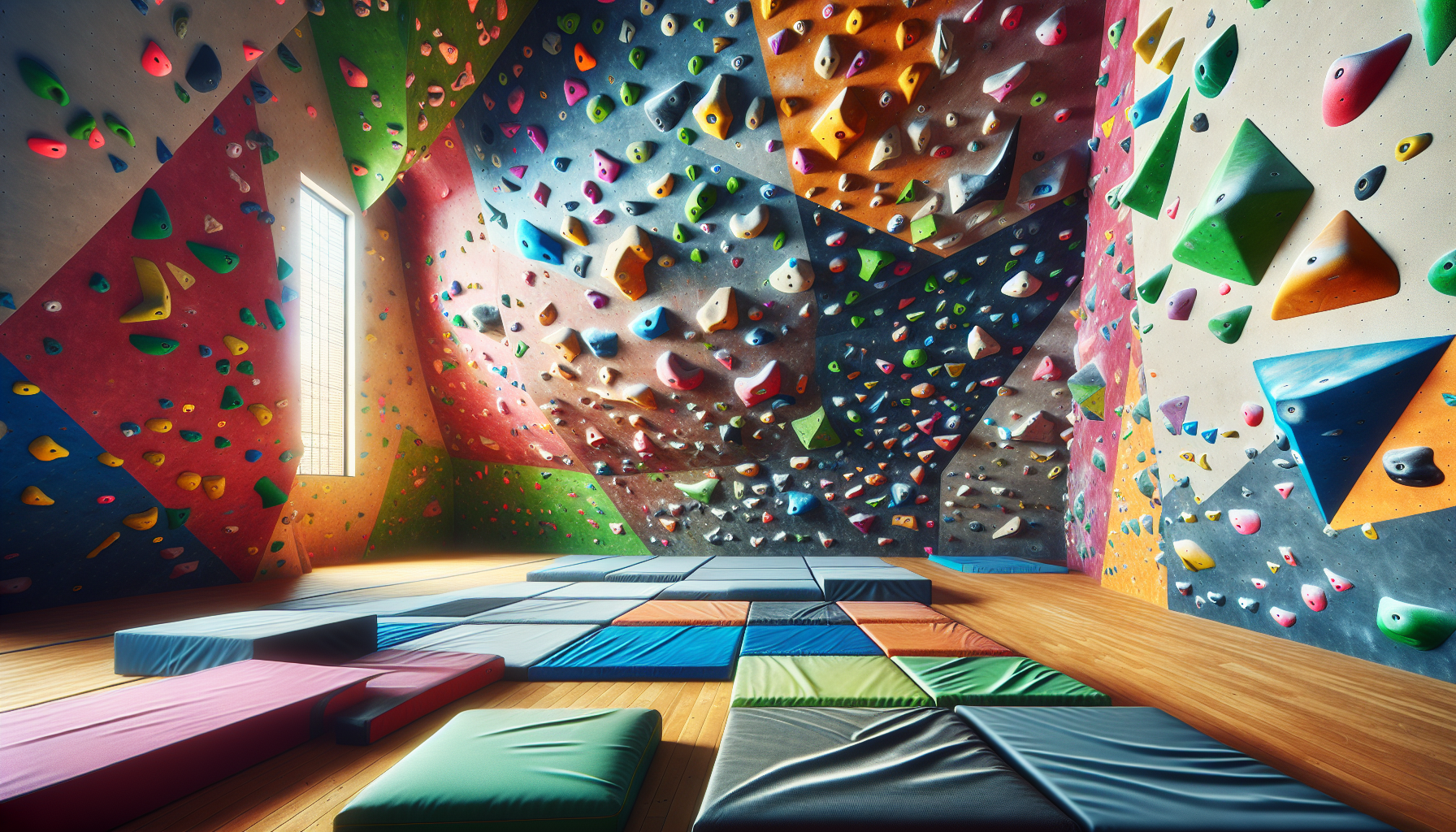
Embarking on a new climbing adventure can spark a blend of excitement and apprehension. Safety precautions play a vital role in the experience for those just starting out.
Check your climbing shoes regularly to ensure optimal performance and comfort.
It’s important to select routes that match your skill level, as this will enhance your overall enjoyment.
Engage in warm-up exercises to prevent injury and to get your body ready for the challenges ahead. Foot placement should be precise; effective movements will help maintain your balance throughout the journey.
Embracing the fear of falling can foster greater self-assurance and accelerate your progress.
Finding The Right Climbing Shoes
Choosing the right footwear is crucial for anyone aiming to excel in climbing. The right equipment can significantly enhance energy transfer, improving your overall progress on the rock face.
Understanding sizing is essential, as it directly affects both performance and safety.
Different types of shoes, such as neutral, moderate, and aggressive, accommodate various climbing styles, each using specific materials that impact fit and comfort.
Being aware of how these materials stretch can help you minimize the risk of discomfort or injury. Accurate measurement methods are vital for locating your ideal fit, as a snug shoe can enhance footwork but may hinder a beginner’s ability to enjoy the sport.
Therefore, it is important to test different options and find what works best for you.
By focusing on proper footwork and choosing the right climbing shoes, beginners can minimize the risk of injury while building their energy and strength through effective bouldering exercises.

Mastering Footwork Techniques
Achieving success in climbing relies heavily on the foundational skills that enhance your overall performance. Effective placement of your feet ensures stability and control while maneuvering on the wall, which is especially crucial during indoor bouldering sessions.
Maintaining balance is key, as it aids in weight transfer between positions, allowing you to navigate challenging routes with confidence.
To elevate your climbing abilities, dedicate time to drills that emphasize precision and technique.
For instance, incorporating drills like the Silent Feet Drill during your practice can significantly improve foot placement for beginners. The Foot Switch Drill offers new climbers a chance to develop agility and adaptability in their movements.
By consistently engaging with these techniques, you’ll refine your skills and evolve into a more proficient climber.
Overcoming Fear Of Falling
Many individuals find that their enjoyment of climbing is hindered by an overwhelming sense of anxiety. This discomfort can manifest in various ways, such as the fear of losing grip or control, which often leads to less time climbing and hinders progression.
By understanding these psychological barriers, you’ve got a clearer path to manage your emotions.
Mental strategies, such as visualization techniques, can significantly improve your comfort with heights.
Incorporating even simple breathing exercises aids in maintaining calmness, allowing you to keep your arms straight and focused during climbs.
Learning safe falling practices is essential to overcoming these challenges.
Proper techniques, like body positioning and rolling on impact, can mitigate injury risks. It’s completely vital to select bouldering sessions with adequate padding to further reduce any potential harm.
Building confidence takes time; gradual exposure to climbing challenges helps.
Reinforcing the community aspect of this sport, supportive peers enable climbers to forge ahead, making the next hold feel more achievable.
Understanding Hold Types And Their Use
In the world of climbing, various types of grips and holds play a crucial role in a climber’s ability to ascend efficiently. Different hold types, like crimps, slopers, jugs, pinches, and edges, are integral to developing climbing strength and technique.
By identifying these common holds and understanding their specific uses, climbers can improve their grip techniques and body positioning.
For example, while boulderers may find that crimps require intense finger engagement, slopers demand a more relaxed grip with proper weight distribution.
To enhance their skills, individuals should include practice of these holds in every climbing session, catering to both beginners and seasoned climbers. Ultimately, mastering various grips not only enhances endurance but also adds an element of fun to climbing adventures.
Climbing Grips and Holds
- Different grip types, such as crimps and slopers, engage different muscle groups, enhancing climbing techniques.
- Practicing various holds can improve finger strength and overall climbing endurance.
- Proper weight distribution is crucial when using specific holds like slopers to prevent slips and enhance control.
- Incorporating diverse grip types in training sessions increases enjoyment and skill development in climbing.
Improving Core Strength For Climbing
Strengthening the muscles that stabilize your torso plays a vital role for those who navigate vertical terrain. An engaged core enables greater control and power transfer, ensuring stronger climbers can maintain balance during challenging moves.
In the climbing community, traditional workouts like planks and Russian twists focus on developing abdominal strength, which translates to improved stability on the wall.
Incorporating hanging leg raises not only supports grip development but also helps with endurance on steep overhangs.
Integrating mountain climbers into your fitness routine promotes both muscular endurance and cardiovascular health, allowing climbers to tackle longer routes with confidence. To enhance progress, it’s beneficial to balance these core exercises with practical climbing sessions, optimizing your overall performance.
Tips For Engaging With The Climbing Community
Connecting with others who share a passion for climbing can significantly enhance your experience and skill set. It’s a great time to look for local events where you can immerse yourself in the vibrant culture while networking with fellow enthusiasts.
These gatherings often offer opportunities to learn essential techniques, like standing on your feet or improving your grip strength.
Participating in volunteer efforts at climbing gyms not only fosters a sense of community but also promotes inclusivity for newcomers.
Don’t hesitate to introduce yourself in climbing-focused groups on social media, as sharing your experiences can lead to supportive relationships. And remember, during your first few times trying different approaches, it’s vital not to overdo it but rather be open to experimenting to find the right gear that suits your needs.
Essential Exercises To Build Strength
Enhancing physical capabilities can significantly impact your performance in various activities. Engaging in targeted workouts can make you much stronger than your arms alone might suggest.
Not only do these routines build essential strength, but they also serve to prevent injuries, particularly in demanding sports like bouldering.
Establishing a solid foundation with exercises such as push-ups and squats is vital for your overall body mechanics.
Remember to engage your core throughout these movements for improved stability and effectiveness. Focusing on proper form is crucial, as it helps you avoid pulley injuries.
As you progress, increase your weight or repetitions gradually. Climbing regularly using techniques that keep you low to the ground will enable you to reach the next hold more efficiently.
Training with intention is the key to achieving your fitness goals.
Progressing Through Your Bouldering Journey.
Embarking on a climbing adventure requires thoughtful planning and a dedication to improvement. To progress fast, start by establishing clear goals that align with your current abilities, allowing you to methodically explore challenges.
Setting attainable milestones not only keeps you motivated but also helps prevent setbacks.
For instance, when facing V13 routes, pretend the holds are made of different materials and break down each section for in-depth analysis of various hold types.
Tracking your journey is key to advancement.
Utilize a climbing journal to document your climbs along with feedback from a friendly bunch of peers. Video analysis can be remarkably beneficial, ensuring that your technique improves, particularly when hangboarding straight without falling.
Remember, asking others for advice can greatly enhance your experience and accelerate your growth on this path. With the support of a friendly bunch who can help prevent frustration, I will hangboard and progress fast to v13 by practicing various hold types and asking others for advice, so I can straight rather climb without falling as I pretend the holds are made from a sturdy plank and a safety harness.
Climbing Progression
- Establishing clear goals enhances focus and direction in climbing.
- Utilizing a climbing journal aids in tracking progress and reflecting on techniques.
- Video analysis provides valuable feedback to improve climbing techniques.
- Seeking advice from experienced peers can significantly speed up the learning process.





